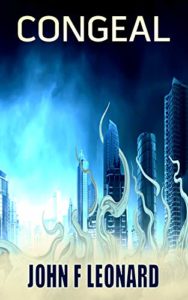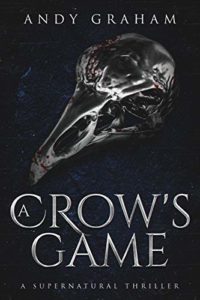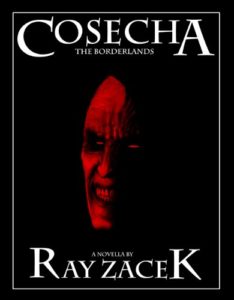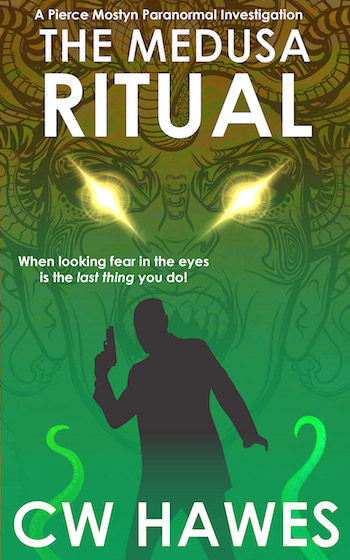For today’s Indie April showcase, I want to throw the spotlight onto 3 authors who write some of the spookiest stuff out there. So, without further ado, let’s meet these gentlemen.
John F Leonard
John F Leonard is one of many highly talented writers I’ve found on Twitter. He writes cosmic horror (one of my favorite genres), as well as wonderfully spooky stories.
The Bledbrooke Works and Congeal are suspense filled tales of terror. Bledbrooke is something of a prequel to Congeal, so you might want to read it first.
Congeal is a post-apocalyptic tale that is downright chilling. It’s the kind of slowburn horror that stays with you, that continues to haunt you long after you’ve finished the book.
Next on my reading list is his The Dead Boxes Archive, and I’ll be reading it during the daylight hours.
Here are John’s Amazon pages:
Check him out. He’s really top drawer, and fast becoming one of my favorite authors.
Andy Graham
Andy Graham writes masterful tales of chilling terror. I hate reading his stories at night, because, quite honestly, they give me bad dreams.
He has the dystopian Misrule series, The Risen World Supernatural thrillers, and I Died Yesterday, a collection of dark fiction tales.
Graham is an accomplished wordsmith. Begin one of his books and you’ll be biting your nails and saying, “What was that noise?”
I’m currently reading A Demon Risen. But only while the sun is up.
Here is where you can find Andy Graham on Amazon:
Ray Zacek
Ray Zacek can scare your socks off, or make you laugh with his macabre dark humor. And when he turns to satire, it’s funny, biting, and somewhat chilling all at the same time.
Want a scary story? Try Cosecha and Daguerreotype. Satire? Try Fresh Catch: Fiction Sushi. Dark humor? Give The Sisters a read. I love his books and you will too.
Take a look at Ray’s Amazon pages:
He’s a superb storyteller who you will fall in love with. I guarantee it.
John F Leonard, Andy Graham, and Ray Zacek are masters of the art of telling us a good story. They are producing some of the best fiction being written today. Give them a try. You won’t be sorry.
Comments are always welcome. And until next time, happy reading!
Share This!



